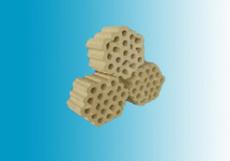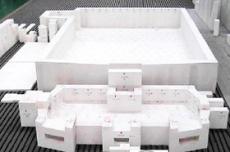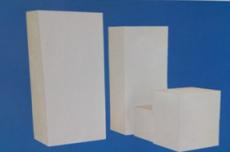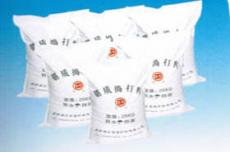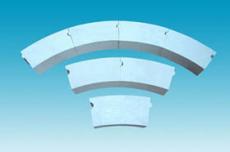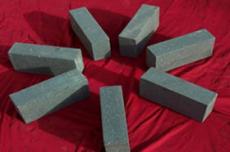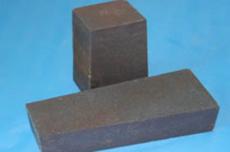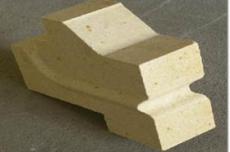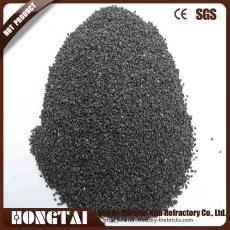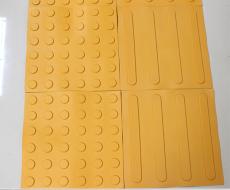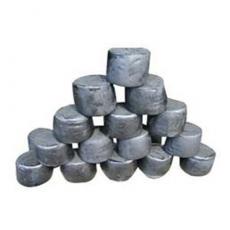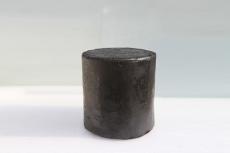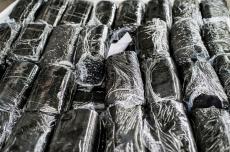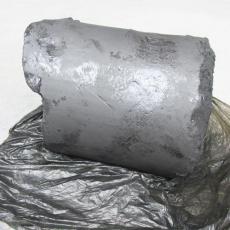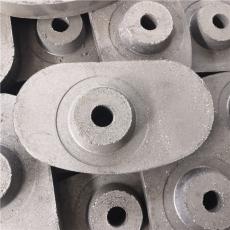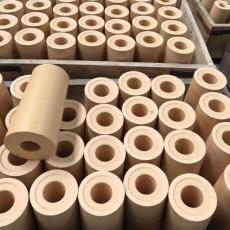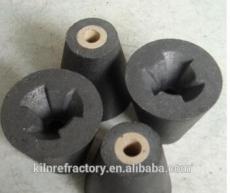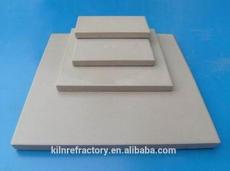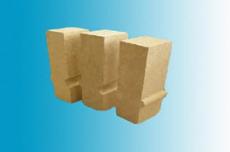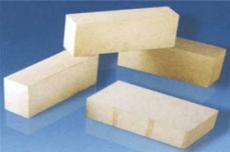
Due to the particularity of blast furnace tap hole, the complexity of structure and the harshness of operating environment, the lining repair construction of blast furnace tap hole is of outstanding significance. The lining construction method of blast furnace tap hole is as follows:
Preliminary work of repair construction
(1) Shutdown:
First, formulate a plan for wind stop and shutdown. In order to facilitate the treatment of the tap hole, stop the furnace and lower the material surface to the tuyere, pump water into the furnace to cool it down, take exhaust measures to make the gas concentration within the safe operation range, and manually clean the coke and slag in the furnace until the dead iron layer is exposed.
(2) Cleaning the tap hole:
Use tools such as pneumatic picks and steel chisels to clean the residual iron and slag on the inner wall of the tap hole, so that the refractory bricks in the furnace area below the tuyere No. 1, 2, 3, 12, 13, and 14 are exposed, which is convenient for the close combination of castables and pressed materials with the refractory materials of the furnace body. After the refractory bricks were exposed, the thickness from the combined bricks on the inside of the iron mouth to the protective plate on the outside of the iron mouth was measured to be only 580mm.
(3) Setting the mold and installing the iron mouth casing:
After the residual iron and slag near the iron mouth are removed, the pouring steel template is installed at the end of the iron mouth close to the furnace. Considering that the castable has good fluidity and large flow stress, a high-strength support mechanism is installed to ensure good support, density and anti-leakage. At the same time, the gaps in the structure around the iron mouth are filled with refractory fiber cotton. In order to ensure that the repaired iron mouth can maintain a normal angle, first adjust the angle of the opening machine, install the drill rod and insert it into the iron mouth, and then put a φ120mm, 1.2m long steel pipe on the inner wall of the iron mouth, so that the center line of the drill rod and the steel pipe overlap, ensure that the depth of the iron mouth is above 1.7m and fix it.
Casting construction at the iron mouth
(1) Formulate a construction plan before construction so that the operators can master the key points of each process.
(2) Before construction, clean the site, mixer and related construction tools to avoid impurities that may affect the quality and performance of the materials.
(3) Use a forced mixer to mix. Do not mix in any debris during mixing to avoid affecting the pouring effect and performance.
(4) Pour the materials into the mixer with about 5% to 7% water. The mixing time should not be less than 6 minutes until the materials are evenly mixed.
(5) Then pour the iron outlet and use a vibrating rod to vibrate the construction so that the pouring is firm.
Pressed grouting construction at the iron outlet
(1) After the pouring construction at the iron outlet is completed, maintain for 5 to 8 hours and then press grouting the corundum-SiC press material at the iron outlet.
(2) First, install and weld the furnace shell near the iron outlet. There should be no gaps, and clean the furnace shell surface.
(3) The press holes for the press grouting at the iron outlet should be set on the furnace shell around the iron outlet, with a density of 1 hole/m2, and the holes should be arranged in a plum blossom shape.
(4) Use gas cutting (or drilling) to open a hole with a diameter of about 40mm on the outer shell of the blast furnace, and weld a short tube with an outer diameter of 38mm×150mm to each hole.
(5) Press the stirred pressed material into the furnace through an extrusion pump and connecting pipes.
Demolding, drying and baking
(1) 12 hours after the vibration pouring is completed and the press-in pouring construction is completed, demold and dry naturally for 12 hours.
(2) Since the overall pouring material has a dense structure and it is not easy to discharge moisture, the temperature should be gradually increased during baking, and rapid temperature increase should be avoided. It is strictly forbidden to bake with high fire, otherwise the pouring body will crack and peel off.
Selection of refractory materials for iron outlet lining repair
Due to the initial leakage of the airtight box of a certain steel smelting plant, the iron outlet was soaked in water. After the blast furnace was in production for a period of time, the iron outlet near the hearth was severely eroded and peeled off, forming a trumpet shape, resulting in the iron outlet depth as shallow as about 1m. The area of the two tuyere on both sides of the taphole is reduced, the smelting intensity is reduced, the taphole depth can only be maintained at 1.4m, and the taphole maintenance is very difficult. The amount of taphole mud is increased, and the heat flux intensity of the cooling wall on both sides of the taphole reaches 12793W/m2, which poses a serious safety hazard. According to the operating conditions of the refractory materials in this part, high-strength ultrafine powder combined with corundum-SiC castables and non-aqueous corundum-SiC press-in materials are used as refractory materials for lining repair.
High-strength ultrafine powder combined with corundum-SiC castables
The product has high structural strength, good wear resistance, erosion resistance, and fire resistance, and has good thermal shock stability; and the amount of water used in the construction is small, the material body has good fluidity, the construction is fast and convenient, and the demoulding time is short.
Non-aqueous corundum-SiC press-in material
This product is made of high-quality raw materials such as fused white corundum, high-purity SiC, mullite, etc., and is combined with a non-aqueous binder. It has the characteristics of high structural strength, good integrity, stable thermal performance, etc. It also has good press-in construction performance and good sintering properties.
